When one looks back at historic social movements, there are certain names that stand out—Martin Luther King, Jr., Gandhi, Rosa Parks. But there are also those whose faces history has forgotten. Consider Ella Baker and Bob Moses, former Student Nonviolent Coordinating Committee (SNCC) leaders who furthered civil rights for black Americans, or Mario Savio of the Berkeley Free Speech Movement. Their names might be footnoted in history books, but what happened to them after the sweep of their movements dispensed?
There are people so impassioned by a cause that they come to symbolize it, at least for a time. Yet their fame is brief, sometimes by design, sometimes by default of a rapid news cycle. Sometimes their radical conviction fades or stops all together. Sometimes their tragic circumstances morph from galvanizing to depressing, a reminder of a movement’s failure instead of its success. Other times they achieve their goals, and their work is finished.
Consider Crishaun “CeCe” McDonald. The black trans woman and once-fashion student has come to represent the plight of transgender equality. In June 2011, while walking to the store in her Minneapolis neighborhood, McDonald defended herself outside a tavern from slur-shouting, drunk bikers who smashed a glass across her face and pursued her when she fled. Her final attacker—an enraged man high on meth and cocaine—died in the scuffle due to a stab wound inflicted by McDonald. Though McDonald and witnesses at the scene maintain she acted purely in self-defense, she was the only person arrested.
McDonald, in solitary confinement (for her own protection, the jail said), became the defendant in a trial that seemed stacked to transgender activists: mention of her attacker’s swastika tattoo was ruled inadmissible (McDonald never saw it); expert testimony about the lives and threats to transgender women was blocked; and her attacker’s prior assault convictions were deemed inadmissible. Looking at the mostly white jury, McDonald pled guilty to second-degree manslaughter and was sentenced to 41 months in a men’s prison.
The attack, arrest, and trial prompted the Free CeCe campaign. Laverne Cox, the Orange is the New Black actress and transgender activist, is currently working on a documentary about McDonald’s plight, which has come to embody the dark realities of life as a transgender person—frequent assaults, police harassment, and an attempted suicide rate topping 41 percent.
After serving 19 months (and 275 days awaiting trial), as Rolling Stone recently reported, McDonald was released in January 2014 with a sentence reduced for good behavior. However, she is now unemployed, with a felony on her record, living on food stamps, and crashing with a supporter. Though she is out of jail, her current circumstances still seem unfair for a figure who became a galvanizing force for trans justice. At the same time, McDonald’s difficulties only underscore the daily indignities suffered by transgender people.
[quote position="full" is_quote="true"]They’re doing it because they care, irrespective of whether the big camera lights are on them or not.[/quote]
But McDonald never asked to be the face of a movement. She was simply trying to buy a few groceries on the night she was attacked. When I asked McDonald what it feels like to be so closely identified with a movement, she said, “I kind of feel like it was something that was meant to happen.” She doesn’t mean this situation exactly, but rather working for this cause, albeit in a particularly intense way.
But 30 years from now, how many will remember McDonald? When I asked her if this is something she cared about, she laughed gently and offered a long list of people who should be included in the history books long before her: transgender rights activists Miss Major (Griffin-Gracy), Marsha P. Johnson, Sylvia Rae Rivera; Black Panthers Assata Shakur and Mumia Abu-Jamal; and feminist and civil rights activist Angela Davis.
If McDonald’s accidental star fades, she’ll be in good company. At least half of the Chicago Eight never sought the spotlight, taking a backseat to Abbie Hoffman’s antics and Jerry Rubin’s yuppie wealth. Many of us celebrate Earth Day annually now, but how many of us remember Denis Hayes, its founder? He’s still around, working to create the most sustainable office building in the world. Picture Berkeley in the 1960s and you may have a fuzzy mental image of student leaders rallying for free speech. A few might remember Mario Savio’s “Bodies upon the gears” call to arms, but how many know how he spent his later life, a professor quietly teaching mathematics and philosophy?
Why do we lose so many movement makers—powerful forces for change—who eventually drop away into obscurity?
I raised this question with American University history and communications professor Leonard Steinhorn, who promptly set me straight.
“Movements are made of countless people who get involved, and some emerge as visible leaders because of a moment in time, or a twist of historical fate, or because they themselves have been able to … move some mountains, or build some bridge, or organize people in ways they hadn't been before,” said Steinhorn. He added that the leaders we do remember, of course, “stand on the shoulders of others."
“People can aspire to different kinds of leadership,” said Patrick Coy, professor and director of applied conflict management at Kent State University. Coy pointed to the story of James Lawson, who moved from Ohio to Nashville in 1959 to work with nonviolent protests against racism in the upper South. Lawson was an able trainer and strong strategist who went on to perform an important leadership function within the Civil Rights movement. Lawson led, but isn’t among the most recognizable names of the movement because he “didn’t aspire to lead an organization,” said Coy. Instead, he aspired to improve the movement and popularize nonviolent action as a whole.
Eschewing the limelight, in some circles, helps prove one’s activist mettle. Hilmar Jensen, history professor at Bates College, said many in democratic grassroots movements are critical of those who take up a large amount of media spotlight, even if it brings more recognition to their cause.
“Feminist activists in the 1970s were often suspicious of media notoriety because it stifled or silenced the quiet, more reticent voices in the group and tended to stultify diverse perspectives into a single narrative, appropriate for a sound bite,” Jensen said. “Anti-corporate globalization and Occupy activists of the last 15 years seem to have incorporated this sense of equalitarian inclusiveness into their practice as well.”
But those movements have another set of problems—what’s been called the tyranny of structurelessness. They eventually fall apart over inefficiency and unaccountable, informal leaders. Plus, from the outside, it’s easier to intellectually grapple with the meaning of a movement when one can put a face to it.
For grassroots movements that do elevate leaders, Coy notes three types of figureheads: first, there are those like Martin Luther King, Jr. who work their way up through organizations to formal leadership roles. Secondly, there are leaders who take a trigger event—for example, the death of U.S. Army Specialist Casey Sheehan—and create a strategic frame to build upon it for the common good, as the soldier’s mother Cindy Sheehan famously did, camping outside George W. Bush’s ranch in Crawford, Texas, and coming to represent all of the military families who questioned the Iraq War. Thirdly, there are the poster children, the faces we identify with movements because, as Coy puts it, a tragic happenstance propels an individual into prominence: people like Travon Martin, Michael Brown, and even McDonald.
[quote position="full" is_quote="true"]It’s really hard being a felon, being trans and being a person of color, and not necessarily in that order.[/quote]
Leaders of any sort, according to Coy, may experience natural exits along their “biological pathways.” Age, parenting, family, and career shifts lead people to move on. “It’s the more rare activist, isn’t it, who stays focused on one or two issues, one or two campaigns, or one or two movements in their lifetimes,” said Coy.
“People who have done good things at one point, many of them continue to do good things, but they just don't get noticed, and you know what, that’s not why they’re doing it.” Steinhorn asserted. “They’re doing it because they care, irrespective of whether the big camera lights are on them or not.”
Father Daniel Berrigan’s pacifism is perhaps not at the top of the news cycle, but into his nineties, he’s still at it. Bob Moses, who was a fierce SNCC leader, registered voters, and was beaten repeatedly in Amite County, Mississippi for those efforts. Then, in 1964 he resigned from a leadership position in the Council of Federated Organizations because, he said, his role had become ‘‘too strong, too central, so that people who did not need to, began to lean on me, to use me as a crutch.’’ Moses would take a leave of absence from SNCC to protest the Vietnam War, and later in life launch the Algebra Project to improve minority education in math. The shape of his work would change, but his pursuit of justice and equality would not.
McDonald is currently working on a still-crowdfunding documentary about her attack, incarceration, and the epidemic of transgender violence—camera lights are on her, for now. She’s also trying to get her life back in order, is focusing on her family, her boyfriend, getting back into school. “It’s really hard being a felon, being trans and being a person of color, and not necessarily in that order,” she said. But McDonald’s also working hard as an advocate. She’s under no obligation to do so—and neither is any person who’s been in her shoes, she says.
“We can't expect because they went through something that they have to be in the spotlight and always talk about it,” said McDonald.
Yet at times work gets done because of a charismatic leader taking the helm. In the efforts of the many, we may collectively bend history, but we’re inspired to get there by King, Gandhi, and yes, McDonald.
“McDonald seems to embody an amalgam of both figurehead and representative example of—or poster child for—the injustices her movement seeks to remedy,” Jensen said. “In that sense, I think her story, including her present plight, is imperative to keep before the public eye.”
McDonald said what happened to her was “a kind of an extreme version of the everyday issues that people of color, and trans people, and trans people of color face every day.” She added that her day-to-day dealings with harassment have not changed. And that’s why she’s still in public view, still fighting.






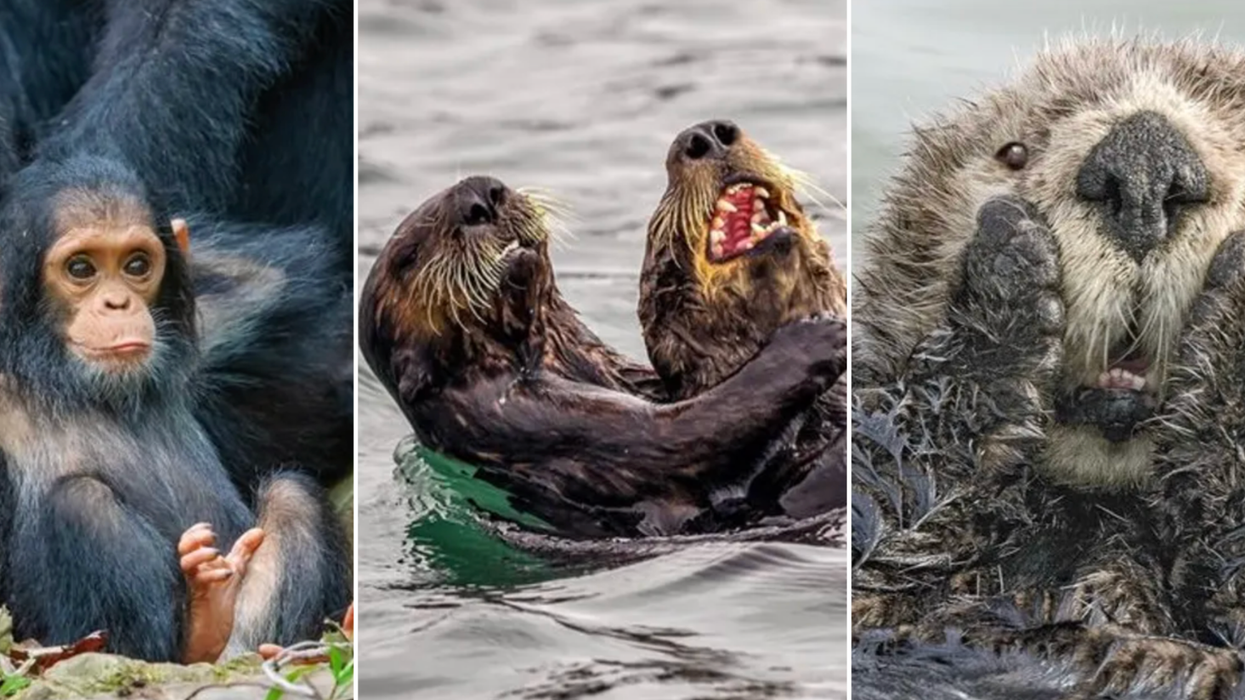
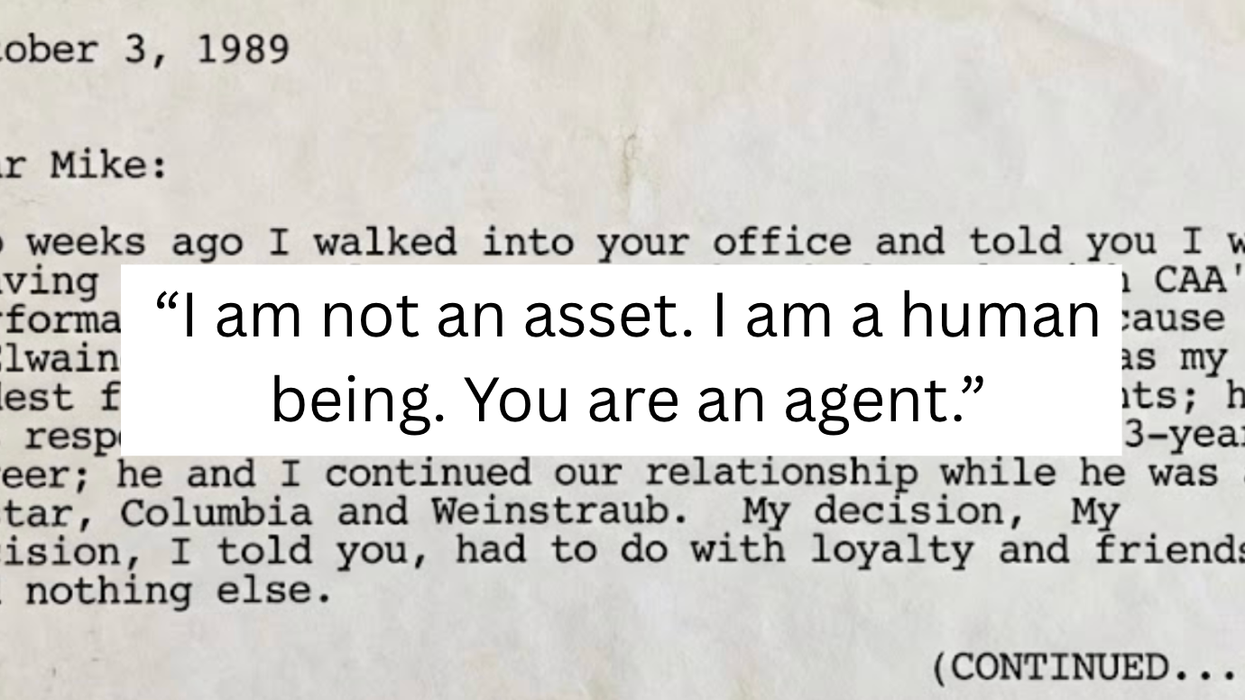









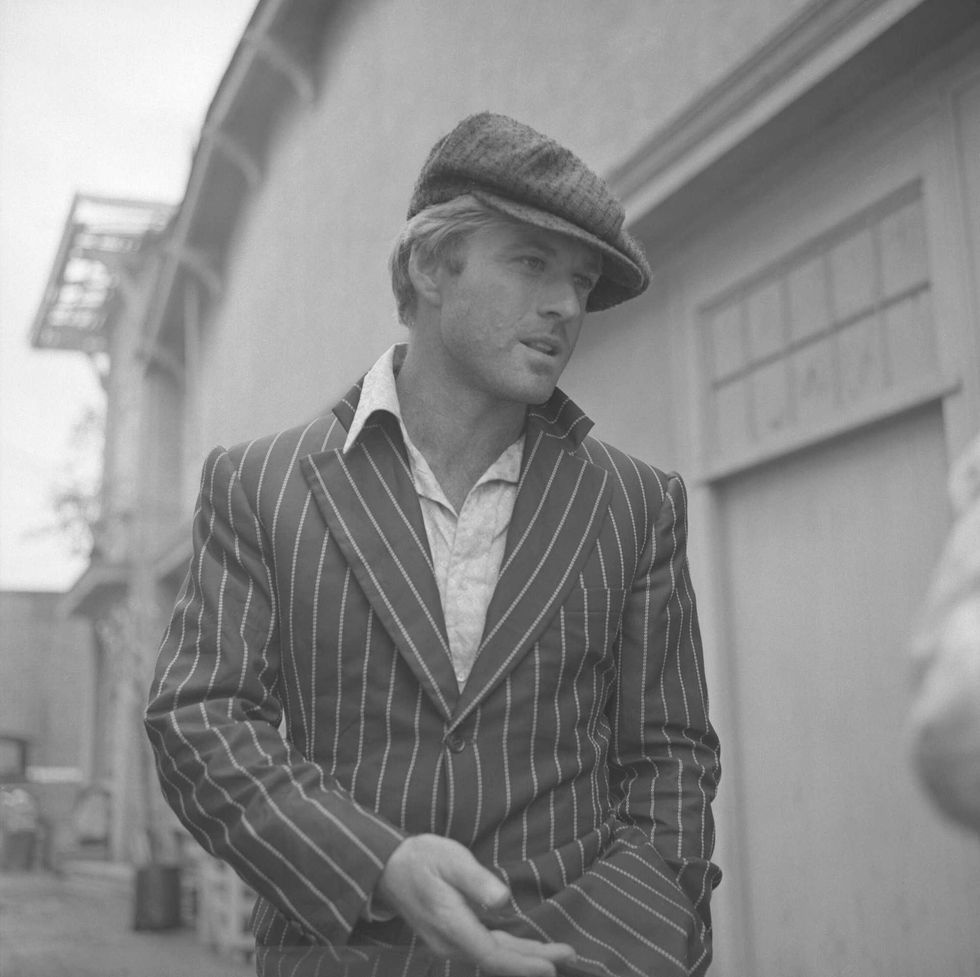 Robert Redford advocating against the demolition of Santa Monica Pier while filming "The Sting" 1973
Robert Redford advocating against the demolition of Santa Monica Pier while filming "The Sting" 1973


 Image artifacts (diffraction spikes and vertical streaks) appearing in a CCD image of a major solar flare due to the excess incident radiation
Image artifacts (diffraction spikes and vertical streaks) appearing in a CCD image of a major solar flare due to the excess incident radiation

 Ladder leads out of darkness.Photo credit
Ladder leads out of darkness.Photo credit 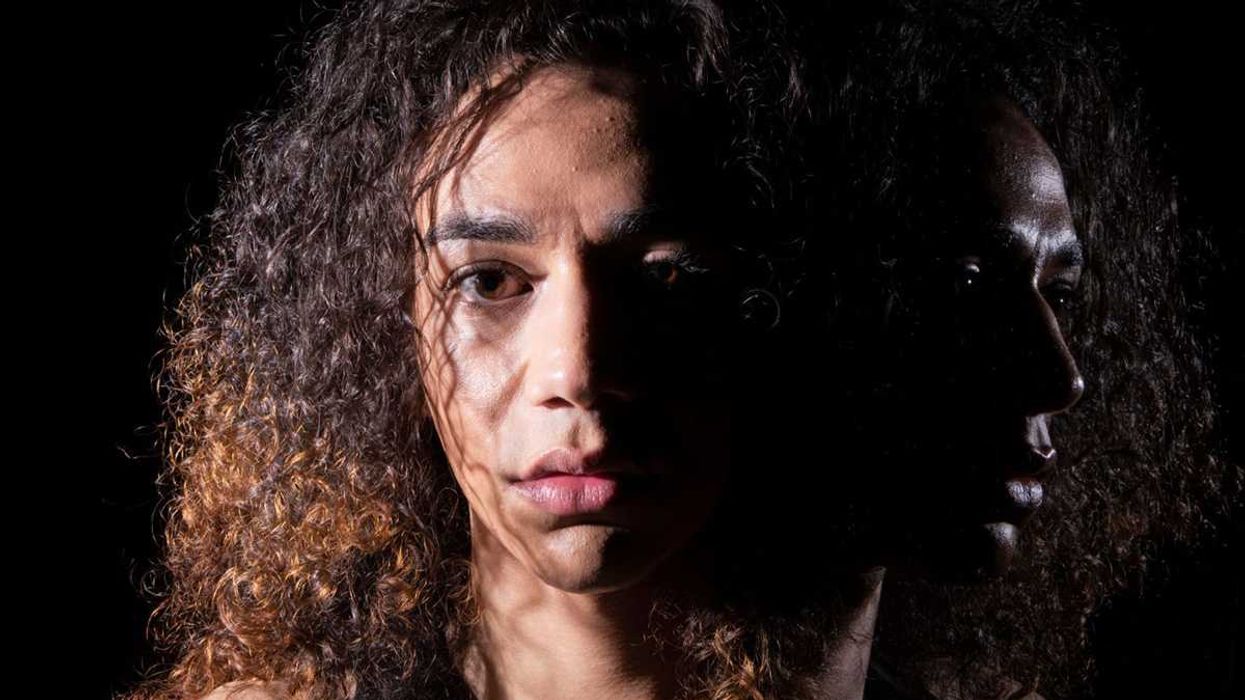 Woman's reflection in shadow.Photo credit
Woman's reflection in shadow.Photo credit  Young woman frazzled.Photo credit
Young woman frazzled.Photo credit 
 A woman looks out on the waterCanva
A woman looks out on the waterCanva A couple sits in uncomfortable silenceCanva
A couple sits in uncomfortable silenceCanva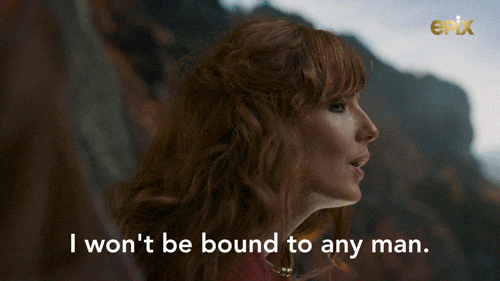 Gif of woman saying "I won't be bound to any man." via
Gif of woman saying "I won't be bound to any man." via  Woman working late at nightCanva
Woman working late at nightCanva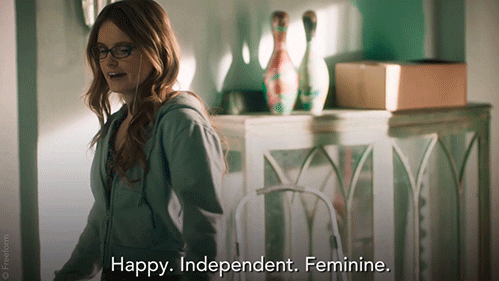 Gif of woman saying "Happy. Independent. Feminine." via
Gif of woman saying "Happy. Independent. Feminine." via